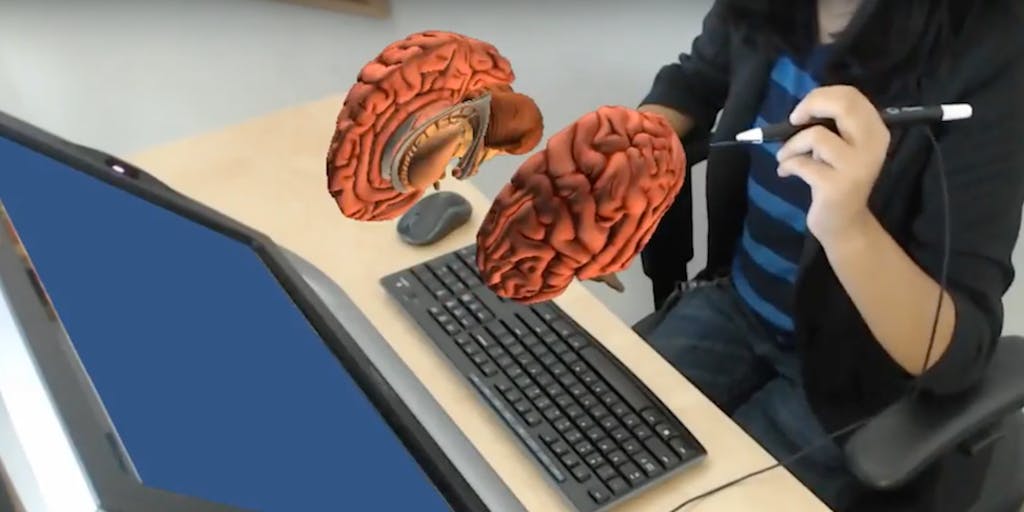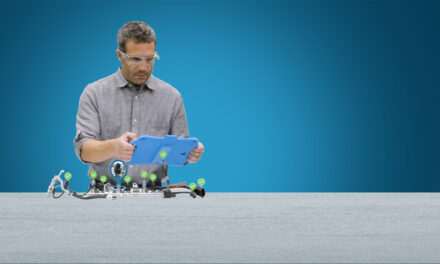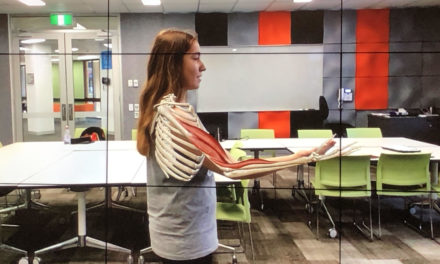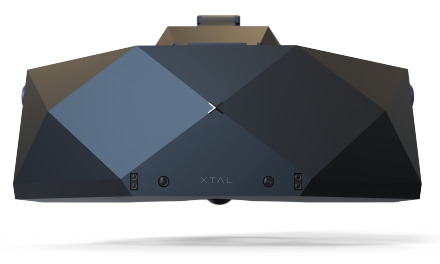The future of education is set to have massive shifts in the near future. One area that is sure to be affected is the use of technology, in which Augmented (AR) and Virtual (VR) realities are being integrated more and more. As robot technology and Artificial Intelligence (AI) use increases, manufacturing and blue collar jobs continue to fade away. This is affecting the way the next generation views their future.
At 17 years old, Christine Johns sat in a university classroom surrounded by men and women who were devastated as Pittsburgh’s steel industry collapsed around them. Displaced steelworkers and stay-at-home mothers found themselves desperate for an education—and the work it would help secure.
Johns vividly remembers one woman turning to her and saying, “Young lady, make sure you get your college education and degree. Don’t be like me. Here I am at 40 years old, sitting in a classroom, trying to figure out what I need to do so my family can survive. Take control of your future and your destiny.”
That message catapulted Johns onto a career path that took her from teacher to administrator and eventually to superintendent of Utica Community Schools, a suburban Detroit community in the heart of the automotive industry. Johns is intent on finding innovative ways to give students the skills and resources they need to thrive at each stage of their education and to participate fully in a global economy.
We need to find ways to give our children access to current and future technologies that will allow them to fully participate in our global economy. That’s why for the past two years we’ve been running a pilot project in four of our elementary schools where we use zSpace’s AR/VR technology to teach science.
For example, if I think of a student that has an interest in understanding how the heart works, we are not just reading out of a book and discussing how the heart functions. Instead, there’s active engagement and imagining. Students actually take the stylus and navigate through the valves of the heart. They can take the heart apart and turn it around to help them understand how it works. This is a deeper level of engagement and a deeper level of learning that allows for students to develop understanding in a 3-D way, not in a two-dimensional way.
They could do those things previously, but it meant the teacher had to collect materials, prepare them for students, and then get students organized in groups. By the time you had everything set up—a typical class period is 60 to 90 minutes—the kids were just getting into it before it was time to move on to the next activity. Instead, now you can start the activity and if class time runs out, you can come back the next day and pick up where you left off. It helps develop deeper learning. You don’t lose what you already set up; you don’t have to get it all ready again for the next class.
Students are also more engaged. When students are in the labs working with the virtual reality content, time-on-task is extraordinarily high. IThe teachers are excited about virtual reality, but it’s also a different way to present information; the teaching component is different than what they’re doing today.
It’s an exciting time and important that these technologies are used for good. What better way than supporting learning of our next level workforce? These same tools can be applied in corporate training and we will be documenting the evolution, use cases and transition as it happens. What are you most excited to see with AR/VR in the classroom?






